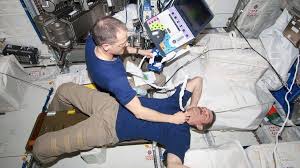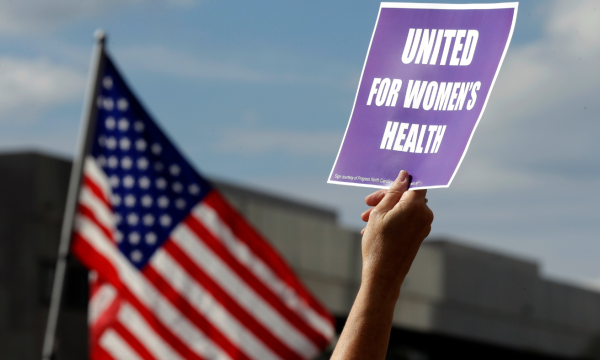When people asked me how it was that I came to work at NASA, my response to them — no
matter how I presented it — never seemed to fit into the box that they had created in their
minds.
Although I was always gifted in math and science, I never longed to be a scientist or engineer.
Despite my interest in the stars and planets, I was not interested in exploring careers in this
area.
And, as for being an astronaut, well…any dreams I may have had about that came to a swift
end on January 28, 1986, the day that I witnessed the Space Shuttle Challenger explode.
After working the first 10+ years of my career in accounting, finance and business in the private
industry, I decided that I was interested in working for the federal government — after some
encouragement from my sister who was serving in the US military at the time. Soon after I
applied for an Accountant position at NASA Headquarters, I was interviewed and hired in a matter of a few weeks, something I would later discover was a miracle in and of itself.
The synchronicities of my path at NASA continued when I was quickly assigned as the
Headquarters Accountant for overseeing all entries for the Space Shuttle and the International
Space Station. During these four years, I had the privilege of working with an entire team of
superstars in the Property Branch of the Office of the Chief Financial Officer (OCFO) that led the
way for NASA receiving an unqualified audit opinion after almost a decade.
When the opportunity presented itself, I joined NASA’s Office of the Chief Health and Safety
Officer (OCHMO) as the sole budget/finance, strategy and business manager for the
organization. It was here where I learned that technical failures, organizational decisions,
cultural norms and resource allocations played critical roles in the Challenger tragedy.
After serving as the Business Manager for several years, OCHMO was selected to lead NASA’s
Technical Authorities — Engineering, Safety and Mission Assurance, Health and Medical — in
the development and implementation of strategic and performance plans, as mandated by the
White House. As the Agency Lead for the Safety and Mission Success Strategic Plan team, I
was thrilled to have an opportunity to bring visibility to the need for funding the Health and
Medical Technical Authority (HMTA) to ensure astronaut safety and health.
Now, I was in a position to do something that could make spaceflight missions more safe for
astronauts…an opportunity to prevent another Challenger or Columbia catastrophic event.
I devised and executed a multi-year strategic plan for OCHMO that eventually led to a
consensus between the White House, Congress and Agency officials.
The results? A a historic 300% budgetary increase for OCHMO over the span of three consecutive years — a series of miracles! The increased funding enabled Chief Health and Medical to implement the HMTA with baseline funding for the first time ever.
But most importantly, the increases in the OCHMO/HMTA funding meant that the lives of
astronauts were made much more safe during spaceflight: Mission accomplished.





